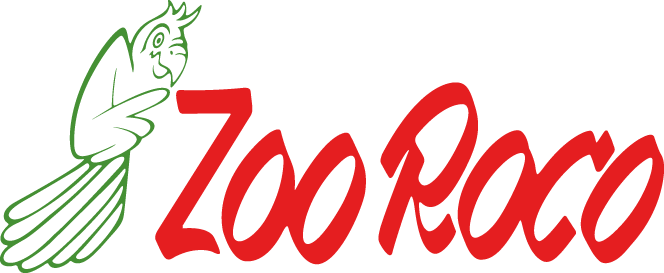Product number:
DE-386
| Quantity | Unit price |
|---|---|
| To 4 |
CHF 10.90
|
| From 5 |
CHF 9.90
|
Stock: 0
This article is currently not available
Product information "Vallisneria nana - Narrow leaf vallis"
Vallisneria nana / Grasartige Sumpfschraube
| max. Wuchshöhe | - 70 cm | Herkunftsland | Australien |
|---|---|---|---|
| Eignung | Barschaquarium, Gesellschaftsaquarium, NanoCube, Aquascaping | Typ | Rosettenpflanze |
| Familie | Hydrocharitaceae | Gattung | Vallisneria |
| Vermehrung | Ausläufer | Wuchsgeschwindigkeit | mittel |
| pH | 6 - 9 | Wasserhärte | 10 - 30 °dh |
| Hinweise | |||
Eine neue Vallisnerie in der Aquaristik ist Vallisneria nana. Der Artname „nana“ bedeutet: zwergig. Dieses Wuchsverhalten zeigt die Pflanze allerdings nur am Naturstandort in Australien. In unseren Aquarien erreichen die Pflanzen durchaus Wuchslängen von 30-70 cm. Somit ist die sehr schmalblättrige Art eher für den Hintergrund geeignet. Kultur und Pflege sind sehr einfach, doch auch hier gilt es, das Wachstum der Ausläufer zu kontrollieren. CO2-Gaben fördern den Wuchs aller Vallisnerien zusätzlich.
| Aquarium: | Community aquarium, Landscape/Aquascaping, Nano Aquarium, Perch aquarium |
|---|---|
| Genus: | Vallisneria |
| Growth: | medium |
| Origin: | Australia |
| Properties: | Rosette plants |
| Stand: | In the background |
Composition
Feeding recommendation
Technical details
Size information
Login


















